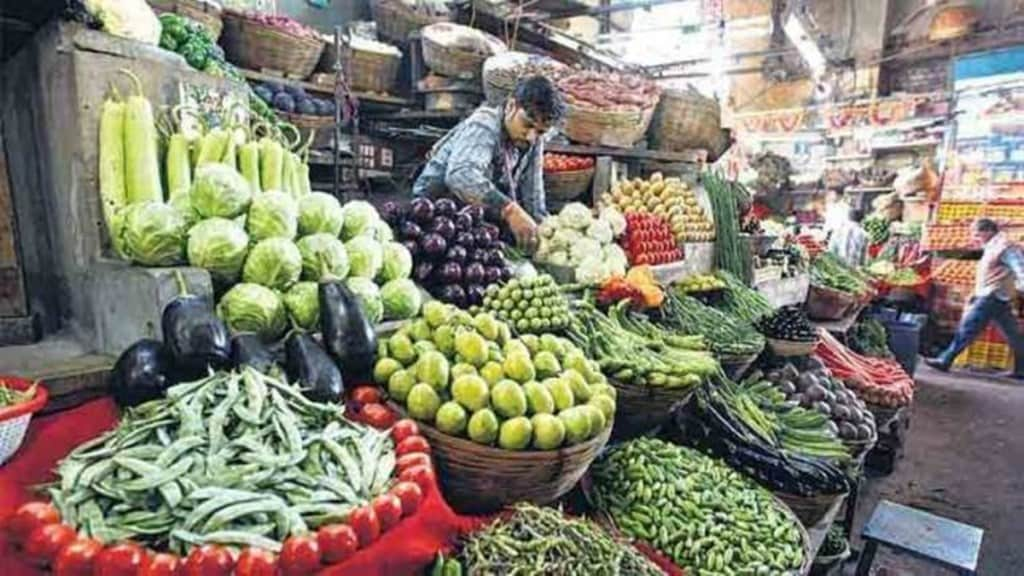Anxious that rising prices of cereals, vegetables, and pulses could torpedo inflation estimates and hurt purchasing power as the election season draws near, the government has been in damage control mode. The latest measure is the minimum export price of $1,200/tonne on shipments of basmati rice until mid-October, ostensibly aimed at preventing exporters from passing off non-basmati as the more expensive variety to sidestep export curbs. Earlier, the government had imposed a 20% export tax on parboiled rice, which comprised 30% of shipments in 2021-22. Before that, shipments of non-basmati white rice, which accounted for 30% of exports in 2021-22, were stopped.
Concerns about the output of paddy, the biggest kharif crop, are not misplaced as the monsoon has been deficient and uneven across some key rice-growing areas. The eastern and north-eastern regions, accounting for a third of the rice crop, have seen rains reducing by about a fifth of the long period average (LPA), but that could reverse. The good news is that the sowing of kharif crops has picked up sequentially over the past month, and is now at the same levels as it was last year. Importantly, the area under rice sowing is up about 4% year-on-year. It is primarily pulses—down around 9%—that are a worry. With a bit of luck, the output of paddy could match last year’s levels of 133 million tonnes. However, with the reservoir levels relatively low (at about 64% of the capacity as of August 23), there are concerns that the wheat crop might be impacted as also some others like mustard, given the effects of El Nino are likely to play out in the next few months. As such, it is quite possible that the winter crop might be smaller than in the past and that food inflation, now largely driven by vegetable prices, will stay elevated thanks to rising prices of cereal.
The government seems to have been rattled by the possibility of a shortfall in food production. It is also worried that the resulting elevated inflation will compel the central bank to raise interest rates. The anxiety may be justified, but ad hoc measures such as restricting or banning exports on various commodities cannot be the answer. Imposing a 40% duty on the export of onions or imposing stock-holding limits on wheat and some pulses merely disrupts the agri-economy. Should these measures be in place for an extended period, they risk upsetting the business plans of exporters and, more importantly, hurt farmers’ incomes. Where consumers might benefit from adequate supplies and prices being reined in, farmers will suffer badly. Already, the terms of trade for farmers is not encouraging as input costs have risen sharply.
If they do not get a remunerative price for their produce, incomes could shrink crimping their purchasing power at a time when the growth in real rural wages has been negative for more than a year. To be sure, the government can compensate farmers with cash transfers; the benefits from the PM Kisan Samman Nidhi can be increased from the current `6,000 per annum. However, if agriculture is to contribute meaningfully to the economy over a sustained period, policy measures cannot be arbitrary. The ban on wheat exports imposed last year hurt India’s reputation as a reliable supplier to the world’s food economy. The measures on rice exports threaten to hurt it further.


